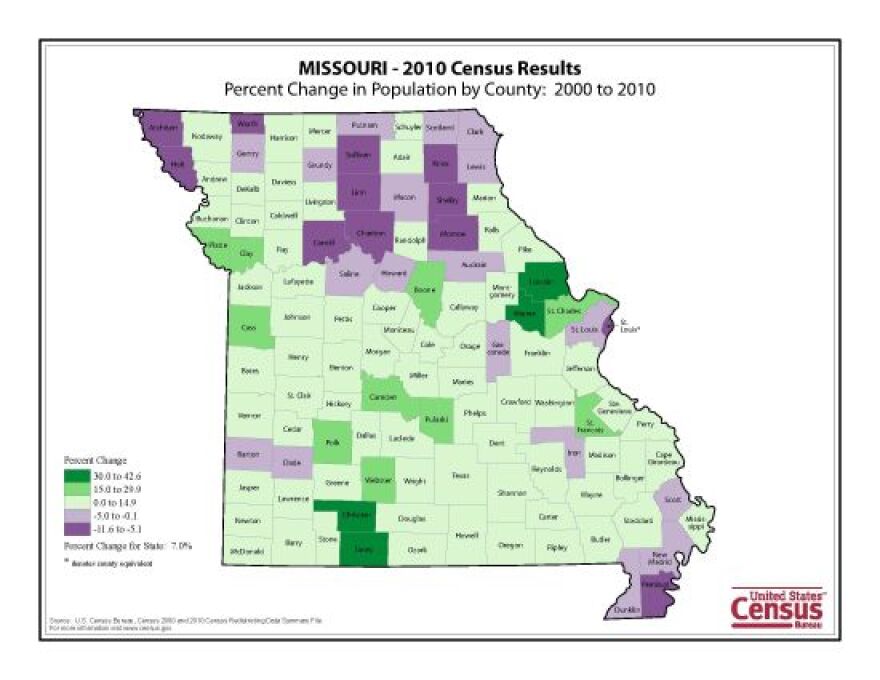In 2009, the news from the U.S. Census Bureau was all good for the city of St. Louis.
The American Community Survey showed the city's population had 356,587 people - up about two percent from the 2000 official count. And Mayor Francis Slay would challenge numbers that didn't confirm the notion that his city was growing.
Yesterday's official census numbers, though, brought that crashing down. Far from growing, the city's population actually fell more than eight percent in the years between the official counts.
"Absolutely bad news," the mayor said in a blog post yesterday.
So what happened?
It's not uncommon for the projections, issued between the official counts, to be as far off as the numbers appear to be in St. Louis, says Mark Tranel, the director of the Public Policy Research Center at the University of Missouri, St. Louis.
Like polling, he says, sampling works best when the populations are larger.
"When you get down to the level of the state, the level of a city, to the level of a census track, the margin of error can be in the range of as much as 10, 11 percent," he says.
The estimates and samples also miss population trends, Tranel says. For example, he says, estimates for Bellefontaine Neighbors in the 1990s showed the North County suburb - what he calls an older, established community - losing population because adult children were leaving the house.
"What happened in the 90 to 2000 decade is those older residents were moving out of the community and the housing units then were being refilled with families with children," he says.
The estimates don't affect federal funding - that's based on the official count. The political impact of being wrong is harder to calculate.




